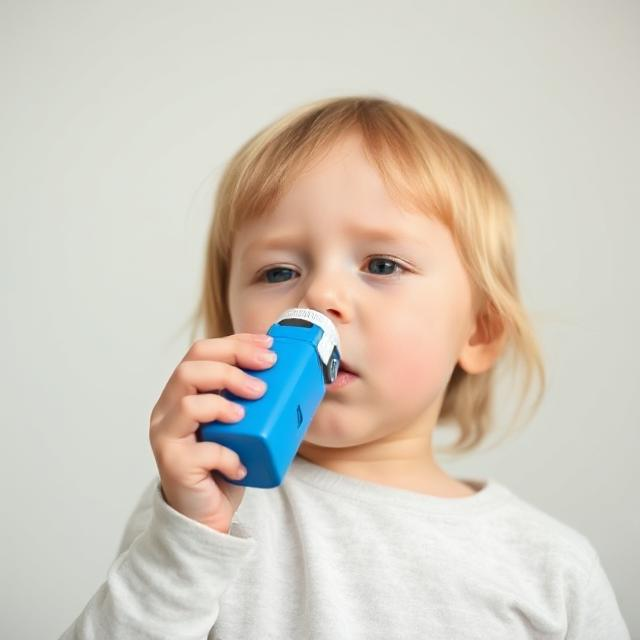First Aid for Asthma Sufferers: What to Do in an Emergency
Asthma is a chronic respiratory condition that affects millions of people worldwide, causing episodes of wheezing, breathlessness, chest tightness, and coughing. These episodes, known as asthma attacks, can range from mild to life-threatening. Being prepared to provide first aid for someone experiencing an asthma attack is crucial, whether you’re a family member, friend, coworker, or bystander. Here’s a comprehensive guide to administering first aid for asthma sufferers during an emergency.
Recognising the Signs of an Asthma Attack
Asthma attacks can come on suddenly or develop over time. Common signs include:
- Difficulty breathing or shortness of breath
- Wheezing or a whistling sound when exhaling
- Tightness in the chest
- Persistent coughing, especially at night or early morning
- Rapid breathing or speaking in short sentences
- Anxiety or panic
- Pale, sweaty face or blue lips and fingernails (in severe cases)
If someone is showing these symptoms and they have a known history of asthma, it’s important to act quickly.
Step-by-Step First Aid for Asthma
1. Stay Calm and Offer Reassurance
Panic can worsen asthma symptoms. Speak calmly and encourage the person to sit upright and breathe slowly. Avoid lying them down, as this may make breathing more difficult.
2. Help Them Use Their Inhaler
- Shane the inhaler well
- Remove the cap and have the person exhale fully
- Help them take on puff and hold their breath for 10 seconds inf they can, then breathe out slowly
- Wait 30-60 seconds between puffs
- Administer up to 4 puffs initially
If symptoms don’t improve after 4 puffs, they can take additional puffs—up to 10 puffs in total over 10–15 minutes. Use a spacer if available, as it helps deliver the medication more effectively.
3. Call Emergency Services if Necessary
Dial emergency services (eg 000 or 112) if:
- The person doesn’t feel better after using their inhaler
- They are finding it very difficult to breathe or speak
- They become drowsy, confused, or unresponsive
- You’re unsure of what to do
While waiting for help to arrive, keep the person upright and continue administering the inhaler every few minutes as needed.
What NOT to Do
- Do not leave the person alone — they may need your help at any moment.
- Do not try to give them food or drink during an attack; it could cause choking.
- Do not assume the attack will pass — even mild attacks can escalate quickly.
Preventive Tips for Future Safety
Once the immediate crisis is managed, it’s helpful to discuss ways to prevent future asthma attacks. Encourage the person to:
- See a doctor regularly for asthma management
- Follow their asthma action plan if they have one
- Avoid known triggers (e.g., allergens, smoke, cold air, exercise without warming up)
- Always carry their inhaler and a spacer if prescribed
If you live or work with someone who has asthma, learn how their inhaler works and where it’s kept. Consider attending a basic first aid course that includes asthma management.
Conclusion
Asthma can be frightening and dangerous, but with calm and timely first aid, many asthma attacks can be successfully managed before they become severe. Recognizing the signs early, using the inhaler correctly, and knowing when to call for help can make a significant difference in someone’s recovery. Your quick thinking and support can potentially save a life.









Leave a Reply